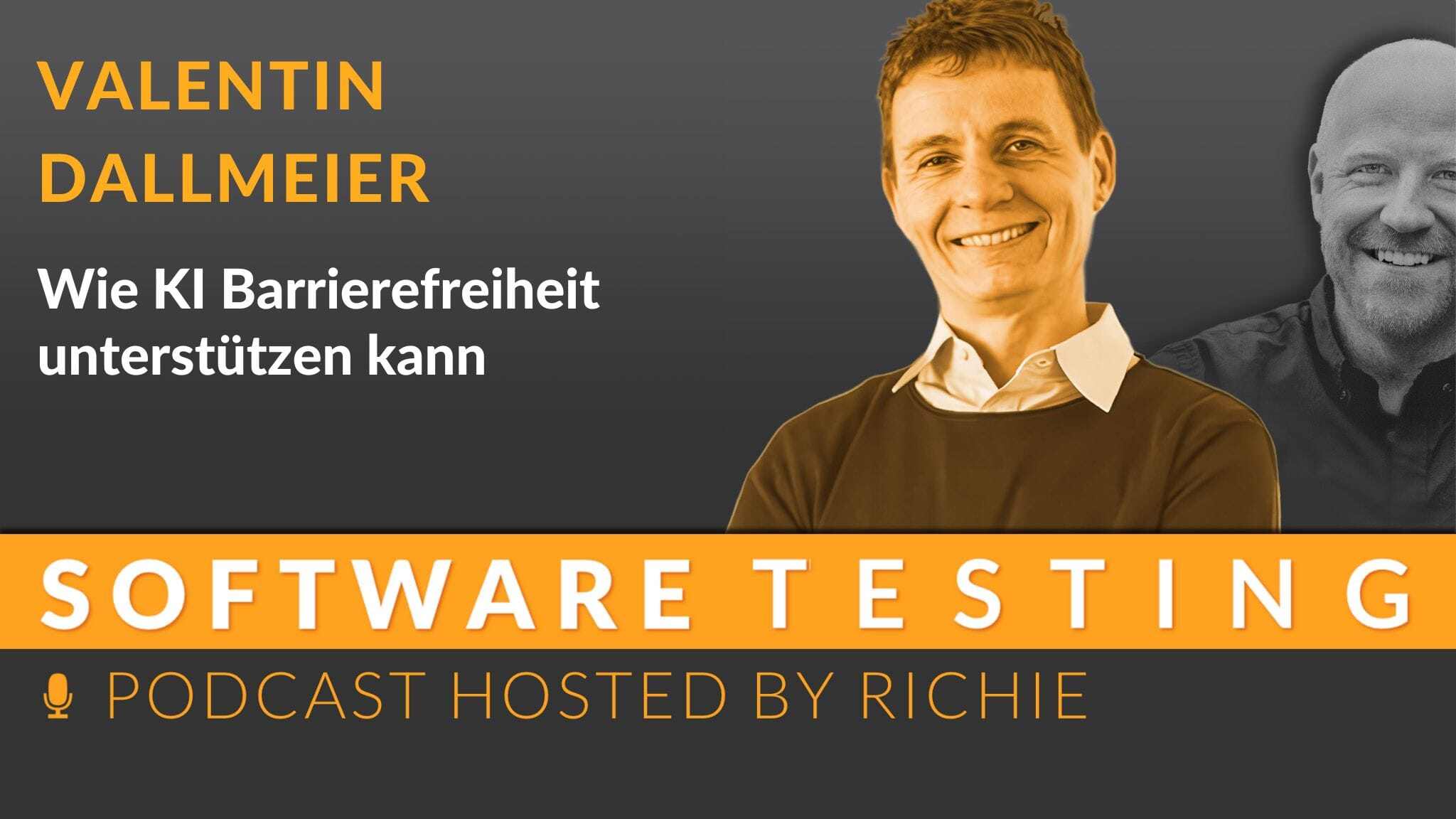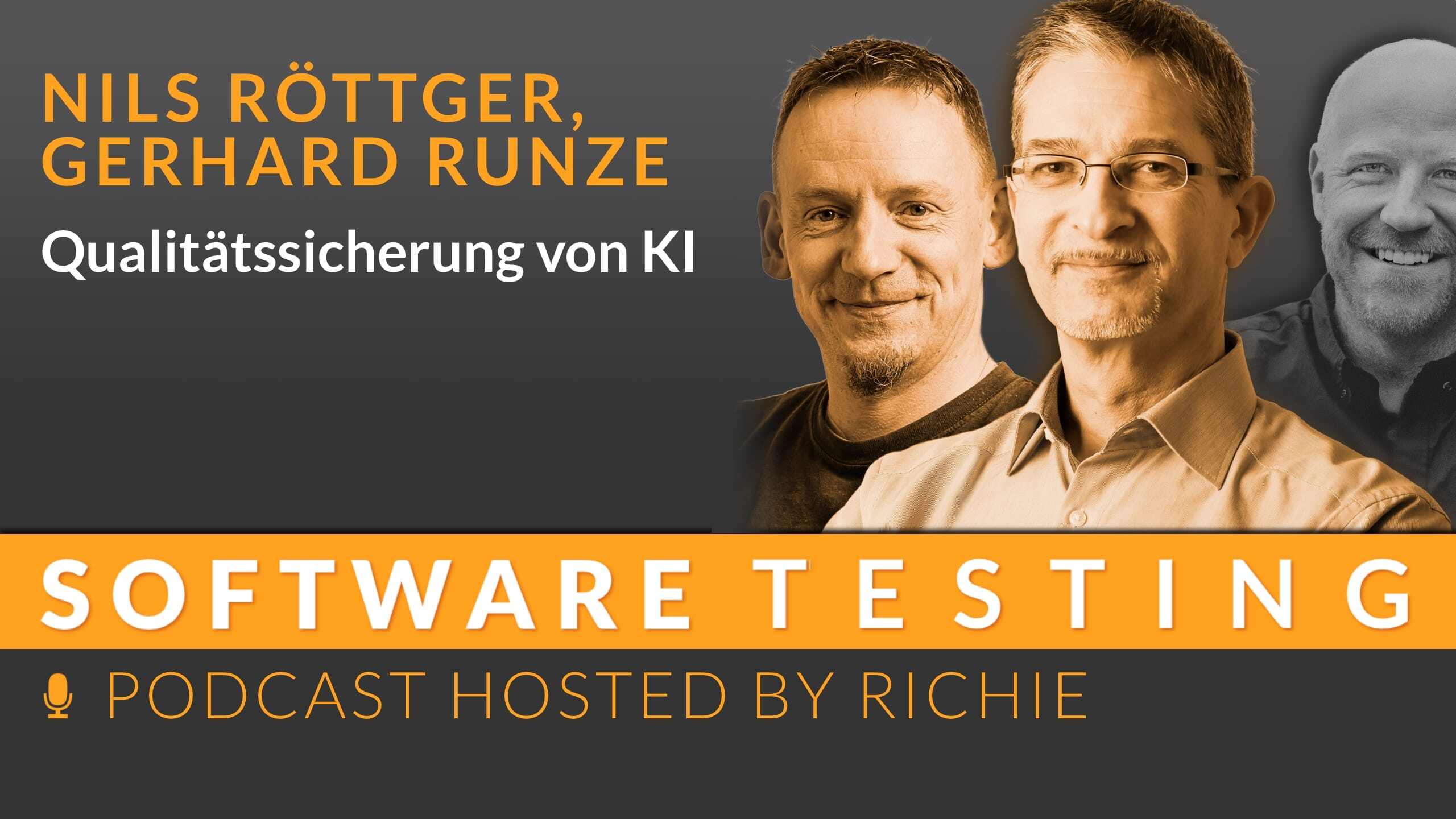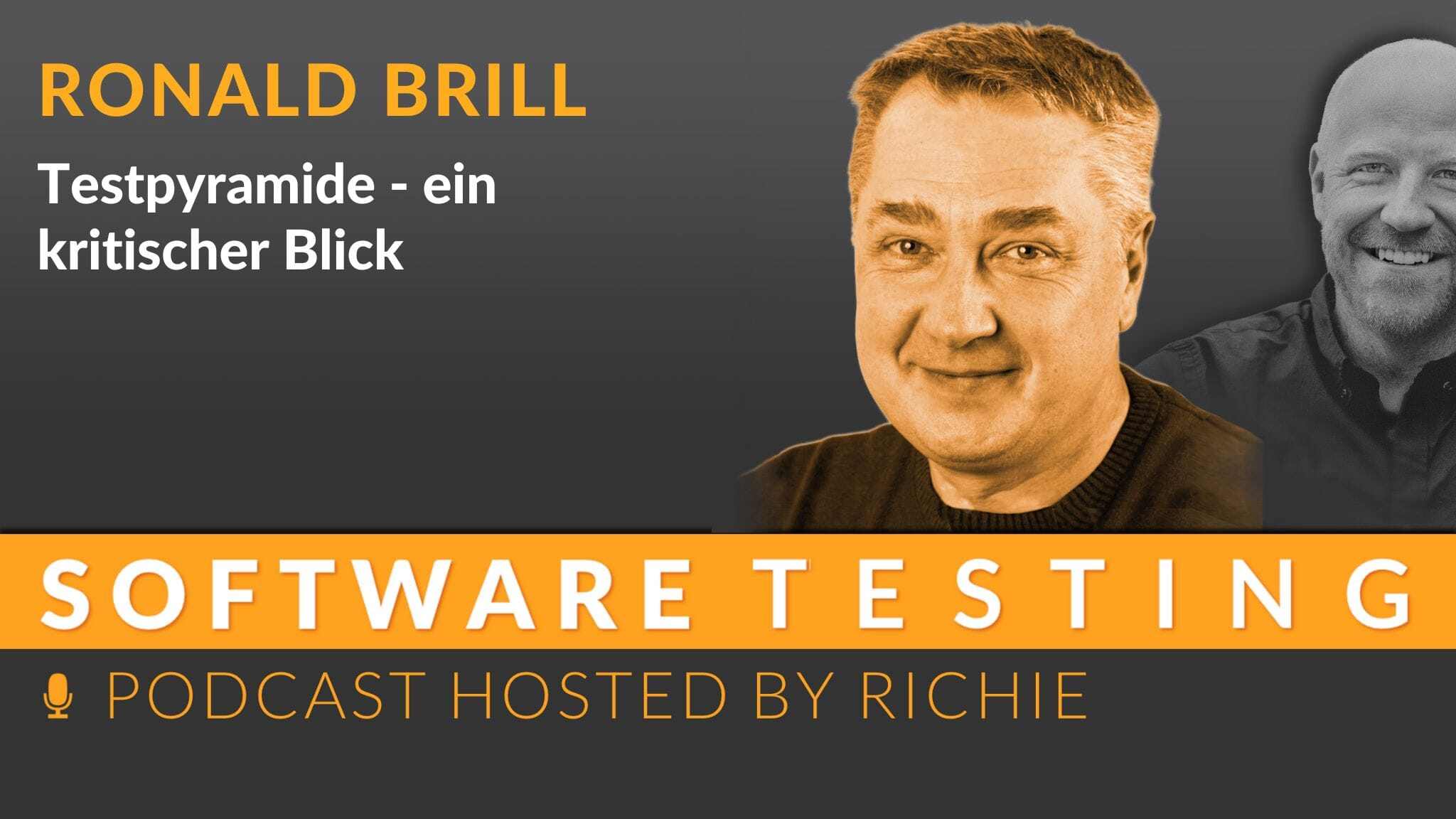Testing web components vs. UI elements
User interface testing is crucial for the overall quality of software and its user experience. . Web component testing can be used to ensure that...

How can artificial intelligence (AI) improve accessibility testing? Valentin Dallmeier explains the challenge of extracting accessibility information from websites and how his team is using AI to leverage language models for better test results. One interesting aspect is the development of an integrated test environment (ITE), which simplifies the testing process and makes it more efficient by bundling all the necessary tools in one application. However, data protection must be ensured when using AI tools, which poses a considerable challenge.
“We took a look at this and combed through this whole long list of criteria to see which criteria we could actually imagine being automated.” - Valentin Dallmeier
Dr. Valentin Dallmeier studied computer science in Passau and Saarbrücken and completed his doctorate at the Chair of Software Engineering in Saarbrücken. In his doctoral thesis, he combined test case generation with model extraction techniques - an achievement that was awarded the Ernst Denert Prize in 2010 as the best dissertation in software engineering in the German-speaking world for its practical relevance. The techniques he researched led to the founding of Testfabrik, on whose board he has been developing innovative tools for test automation since 2013.
Highlights of this Episode:
This episode is all about accessibility testing and the use of artificial intelligence (AI) in this area. Valentin Dallmeier shares insights into his work and the development of an integrated testing environment to test and improve accessibility more effectively. An exciting behind-the-scenes look at how technology and AI can be used to make websites more accessible.
Valentin Dallmeier’s team has dedicated itself to the topic of accessibility. Their mission? To create technological solutions that help people test better. A bachelor thesis laid the foundation for their current work by investigating what accessibility information can be extracted from websites. This initiative paved the way for the development of an integrated testing environment that is not only more efficient, but also makes testing more enjoyable.
Artificial intelligence plays a central role in Valentin’s team’s approach to improving accessibility testing. By analyzing the WCAG criteria, they identified areas where automation is possible - around a quarter of the 80+ criteria. Of particular note is the use of AI in linguistic tasks, such as checking the consistency of headings with text content. Their experiments with local language models show the potential for further automation options and data protection-friendly solutions.
The development of an integrated test environment (ITE) is at the heart of the project. This environment aims to unify the numerous tools and processes currently used in accessibility testing - from Word documents to Excel spreadsheets to screen readers. By bringing all these elements together in a single application, without media disruption, they not only make the testers’ work much easier, but also break down barriers in the testing process itself.
An iterative approach that incorporates feedback from the community is crucial to the success of the project. Valentin’s team attaches great importance to working closely with users and incorporating their needs and challenges directly into the development process. This close collaboration ensures that the solutions developed are not only technically advanced, but also practically applicable and helpful in the testers’ everyday lives.
Although impressive progress has already been made, Valentin still sees plenty of room for improvement and further development. The integration of further AI-based test scenarios and the optimization of existing tools are on her agenda. The question of data protection when using external AI services and how local alternatives could address this challenge is particularly exciting.

User interface testing is crucial for the overall quality of software and its user experience. . Web component testing can be used to ensure that...

AI has a lot to offer us. Our imagination is required: Where do we use it? What should it do? How should it work? Regardless of the area of...

Everyone knows the test pyramid, everyone immediately has its image in mind. Sometimes it has three floors, sometimes four. But it is worth...